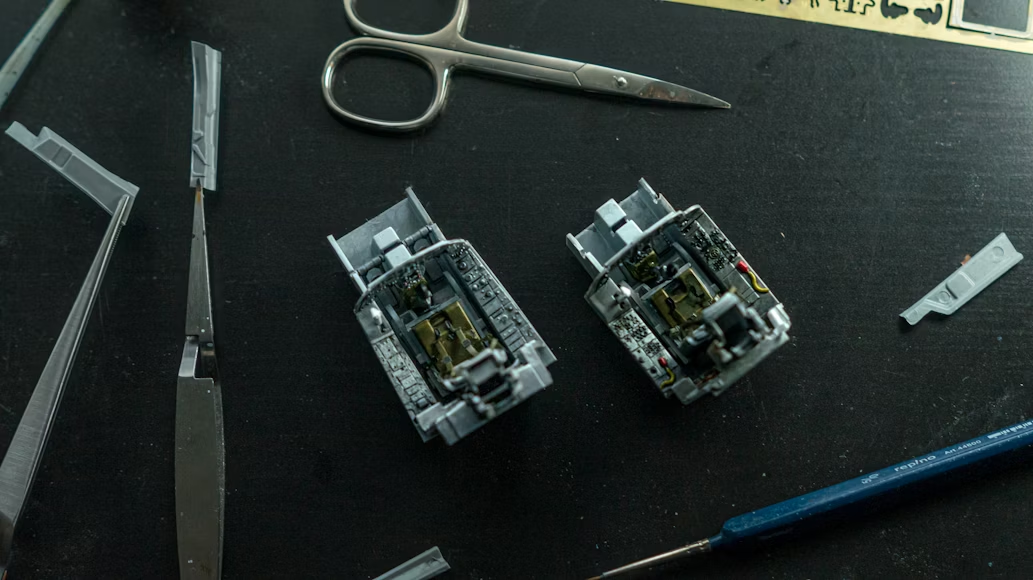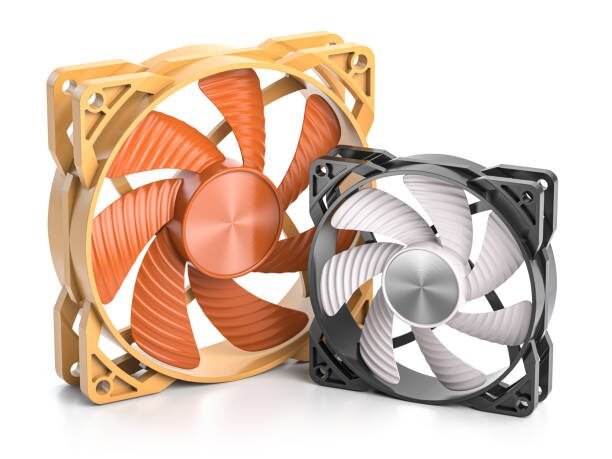Cam and groove couplings, or camlock fittings, are essential for the quick and secure transfer of fluids across industries like farming and manufacturing. These tool-free connectors ensure efficiency, reliability, and leak-proof operation. This guide explores their mechanics, construction, applications, benefits, limitations, and safety practices, highlighting why they are a trusted choice for professionals.
The Basic Mechanics of Cam and Groove Couplings
The effectiveness of a cam and groove coupling lies in its straightforward design. The system consists of two main parts: a male adapter (the plug) and a female coupler.
- The Male Adapter:This component has a smooth, grooved end that is inserted into the female coupler. The groove is precisely machined to ensure a snug fit.
- The Female Coupler:This part features two or more cam arms (levers) on its sides. When the male adapter is inserted, these arms are rotated inward. As they rotate, the cams on the inside of the arms engage with the groove on the male adapter, pulling it tightly against a gasket inside the female coupler.
This action creates a secure, leak-proof seal. The beauty of this mechanism is its speed and simplicity. A connection can be made or broken in seconds, simply by opening or closing the cam arms. No threads need to be aligned, and no wrenches or other tools are required, which significantly reduces connection time and effort.
Materials and Construction
The material used to construct a cam and groove coupling is crucial to its performance, durability, and suitability for specific applications. Different materials offer varying levels of resistance to corrosion, chemicals, temperature, and pressure.
Common Materials
Stainless Steel: Highly durable and resistant to corrosion and high temperatures, stainless steel is a popular choice for food and beverage, pharmaceutical, and chemical applications.
- It offers excellent longevity and can handle abrasive or corrosive materials without degrading.
- Aluminum:Lightweight and corrosion-resistant, aluminum couplings are often used in agriculture and water transfer applications. They are easy to handle but are not as strong as stainless steel and may not be suitable for abrasive materials.
- Polypropylene:This plastic material is lightweight and offers excellent chemical resistance, making it ideal for handling acids, bases, and other corrosive fluids. Polypropylene couplings are a cost-effective choice for agricultural chemicals and industrial cleaning solutions.
- Brass:Offering good corrosion resistance and durability, brass is a common material for marine applications and water transfer. It is stronger than aluminum but heavier.
The choice of gasket material is equally important. Gaskets are typically made from materials like Buna-N, EPDM, Viton, or Teflon, each selected based on its compatibility with the fluid being transferred and the operating temperature.
Common Applications Across Industries
The versatility and reliability of cam and groove couplings have made them a staple in numerous sectors. Their ability to handle liquids, powders, and granules makes them an indispensable tool for fluid and material transfer.
- Agriculture:Farmers use camlock fittings on hoses for irrigation, liquid fertilizer distribution, and pesticide application. The quick-connect feature allows for rapid switching between different tanks and sprayers, saving valuable time during busy seasons.
- Manufacturing:In manufacturing plants, these couplings are used to transfer chemicals, oils, coolants, and other industrial fluids. Their robust construction ensures they can withstand the rigors of a factory environment.
- Chemical Industry:The availability of chemically resistant materials like stainless steel and polypropylene makes cam and groove couplings suitable for safely transferring hazardous and corrosive chemicals. For applications requiring minimal spillage, specialized options like Dry Disconnect Couplings offer an even higher level of safety.
- Oil and Gas:These couplings are used for transferring fuel, oil, and other petroleum products between tanks, trucks, and storage facilities.
- Food and Beverage:Stainless steel camlock fittings are widely used in wineries, breweries, and food processing plants for transferring liquids like wine, beer, and juices, as their hygienic properties prevent contamination.
- Construction:On construction sites, cam and groove couplings are used for dewatering, concrete pumping, and water supply lines.
Advantages and Limitations
While cam and groove couplings offer many benefits, it’s important to understand their limitations to ensure they are the right choice for your application.
Advantages
- Speed:Connections are made and broken in seconds without tools.
- Ease of Use:The simple lever-locking mechanism requires minimal training.
- Versatility:A wide range of sizes, materials, and configurations are available.
- Cost-Effective:They are generally more affordable than other types of quick-connect fittings.
- Reliability:When used correctly, they provide a secure, leak-proof seal.
Limitations
- Pressure Rating:Standard cam and groove couplings are not designed for high-pressure applications. Always check the manufacturer’s pressure rating before use.
- Not for Steam or Compressed Gas:Using camlock fittings for compressed air or steam is dangerous, as the connection can fail unexpectedly and cause serious injury. Specialized locking-arm versions are required for these applications.
- Wear and Tear:The cam arms and gaskets can wear out over time, requiring regular inspection and replacement.
Maintenance and Safety Tips
Proper maintenance and safe handling are essential to ensure the longevity and reliability of your cam and groove couplings.
Maintenance Best Practices
- Regular Inspection:Before each use, inspect the couplings for signs of wear, damage, or corrosion. Check that the cam arms move freely and that the gaskets are in good condition.
- Cleanliness:Keep the couplings clean and free of debris. Dirt or grit can compromise the seal and cause leaks.
- Gasket Replacement:Replace gaskets regularly, especially if they show signs of cracking, hardening, or swelling.
- Proper Storage:Store couplings in a clean, dry place away from direct sunlight and extreme temperatures to prevent material degradation.
Safety Guidelines
- Verify Pressure Ratings:Never exceed the recommended working pressure of the coupling.
- Ensure Compatibility:Make sure the coupling and gasket materials are compatible with the fluid being transferred.
- Depressurize Before Disconnecting:Always release the pressure in the line before attempting to disconnect the couplings.
- Use Safety Clips:For added security, use safety clips or pins to prevent the cam arms from accidentally opening during operation.
Conclusion
Cam and groove couplings are a reliable, efficient solution for fluid transfer in various industries. Their simple design and material options make them versatile for low-pressure applications. Proper material selection, maintenance, and safety practices ensure long-lasting performance.





